Table of Contents
What is Annatto Seed?
Annatto seed (Bixa orellana), derived from the seeds of the achiote tree native to tropical Americas, is a natural food coloring and spice with centuries of traditional use. According to the U.S. Food and Drug Administration (FDA), annatto is generally recognized as safe (GRAS) for culinary applications. This vibrant red-orange seed contains key carotenoids like bixin and norbixin, which provide its distinctive color and antioxidant properties. The USDA FoodData Central database confirms annatto's nutritional profile, including vitamin E and carotenoid content. It's widely used in Latin American and Caribbean cuisines for both color and mild flavor in dishes like Mexican mole, Caribbean rice, and traditional cheeses.
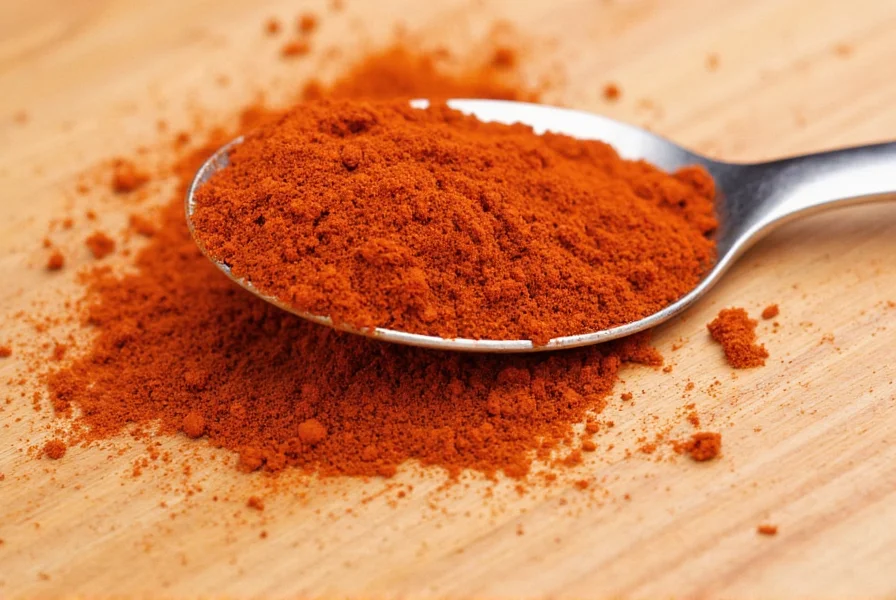
Historically, indigenous cultures used annatto for body painting, dyeing textiles, and food preparation. Modern research published in the Journal of Agricultural and Food Chemistry confirms its antioxidant potential, though culinary use typically involves small quantities. Annatto's natural coloring properties make it a preferred alternative to artificial dyes in many food applications.
Why Use Annatto Seed?
Annatto seed offers scientifically-backed benefits that make it valuable for both culinary and health-conscious applications:
- Natural Coloring Agent: Annatto provides vibrant red-orange color without artificial additives. The FDA permits its use in foods up to 0.01% concentration, making it a safe alternative to synthetic dyes like Red 40.
- Antioxidant Properties: Bixin and norbixin in annatto have been studied for their antioxidant effects. Research in the Food Chemistry journal (2020) demonstrated these compounds help reduce oxidative stress in human cells.
- Mild Flavor Profile: Unlike strong spices, annatto offers subtle earthy, nutty notes that complement rather than overpower dishes. Its flavor intensity is approximately 1/3 that of paprika, making it ideal for delicate recipes.
- Health Benefits: According to the National Institutes of Health (NIH), annatto's carotenoids support eye health and may reduce inflammation. Studies show potential benefits for cardiovascular health when consumed as part of a balanced diet.
- Versatile Applications: Used in traditional cuisines worldwide, annatto works in various forms—whole seeds, powder, oil, or paste—for sauces, rice, cheeses, and even natural cosmetics.
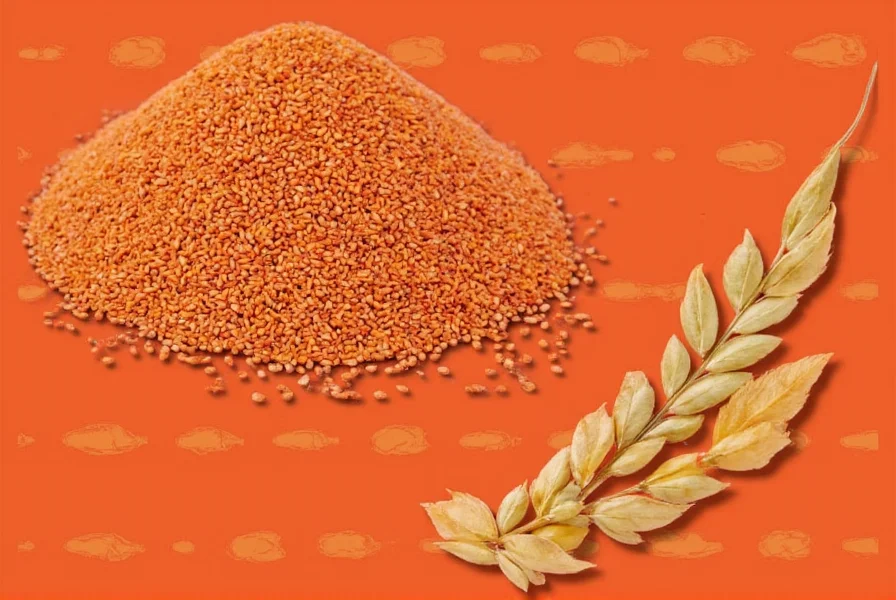
For health-conscious cooks seeking natural alternatives to artificial additives, annatto provides both color and potential health benefits without compromising taste.
Cooking Tips with Annatto Seed
Professional chefs and home cooks alike use these expert techniques to maximize annatto's potential:
- Toast Before Using: Lightly toast whole seeds in a dry pan at 300°F (150°C) for 2-3 minutes to enhance flavor. This technique, recommended by culinary experts at the Culinary Institute of America, releases aromatic compounds without burning.
- Make Annatto Oil: Infuse 1 tablespoon whole seeds in 1 cup neutral oil (like canola or vegetable) at low heat for 15 minutes. Strain and store in a dark bottle. This oil, used by Mexican chefs for traditional moles, provides concentrated color and flavor.
- Rice Dishes: Add 1 teaspoon ground annatto to 1 cup rice during cooking for vibrant yellow-orange color. For authentic Latin American rice, combine with cumin, garlic powder, and a pinch of saffron for complex flavor.
- Marinades and Rubs: Mix 2 teaspoons annatto powder with lime juice, garlic, and oregano for chicken or fish marinades. The color penetrates proteins beautifully while adding subtle flavor.
- Pairing Recommendations: Annatto works exceptionally well with cumin, coriander, smoked paprika, and citrus. For cheese-making, traditional Mexican Oaxaca cheese uses annatto for its signature color.
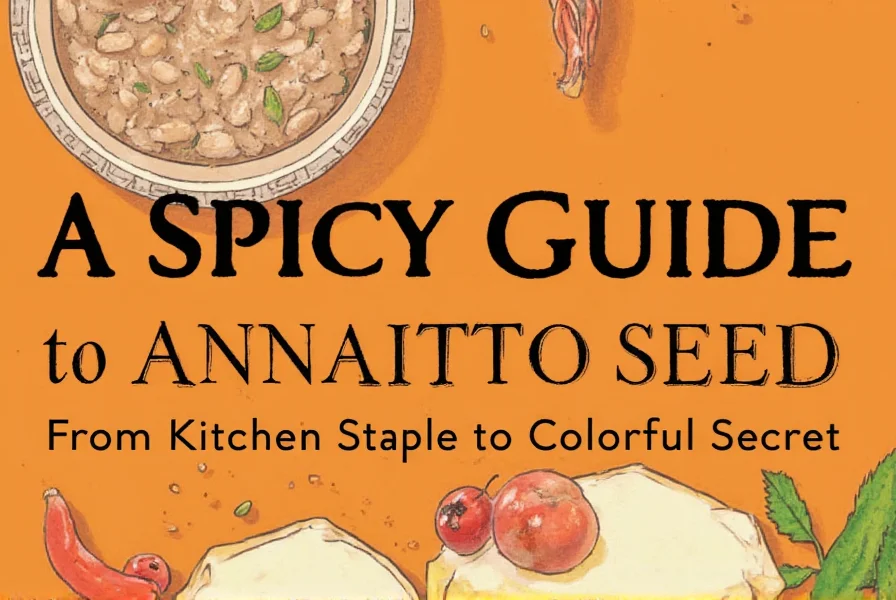
Remember: Start with small amounts—1/4 teaspoon per serving is typically sufficient for color. Too much can create bitter notes. For precise color control, use annatto oil instead of powder.
Buying Guide for Annatto Seed
When purchasing annatto seed, consider these expert recommendations to ensure quality and value:
| Form | Best For | Shelf Life | Flavor Intensity | Color Intensity |
|---|---|---|---|---|
| Whole Seeds | Infusing oils, traditional recipes, DIY pastes | 2-3 years | Medium | Medium |
| Ground Powder | Quick recipes, rice dishes, sauces, baking | 6-12 months | High | High |
| Annatto Oil | Marinades, dressings, finishing oil, professional cooking | 1 year | Medium | High |
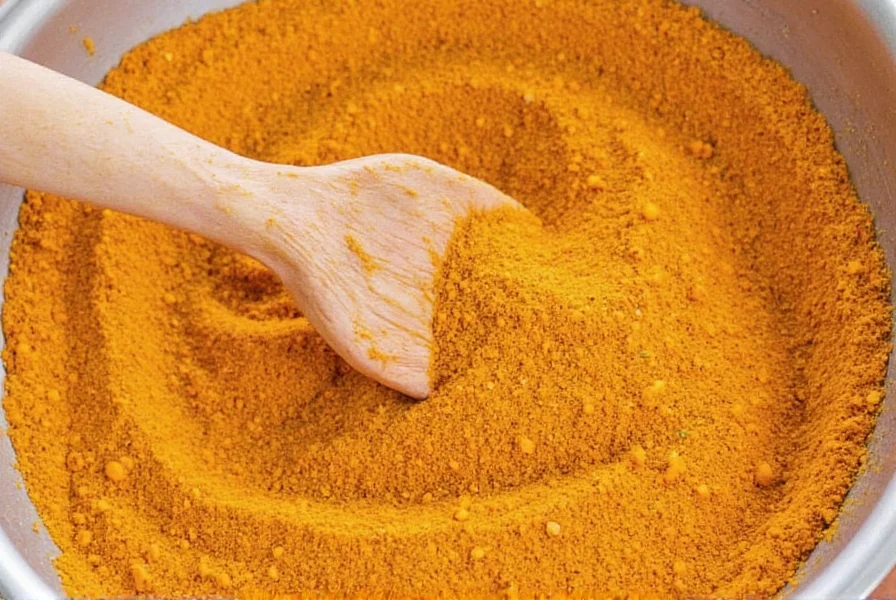
Recommended Products by Use Case
- Organic Whole Seeds (Mexican Origin): Ideal for infusing oils or making traditional pastes. Look for seeds with bright red-orange color and no discoloration. Brands like La Morena or Goya offer consistent quality.
- Ground Annatto Powder (Certified Organic): Best for quick recipes. Ensure it's stored in opaque packaging to preserve color. Spice Islands and McCormick provide reliable options.
- Annatto Oil (Cold-Pressed): Perfect for professional chefs. Choose oils with clear labeling of bixin content (0.5-1.0% is ideal). Sazon brand offers excellent quality for culinary use.
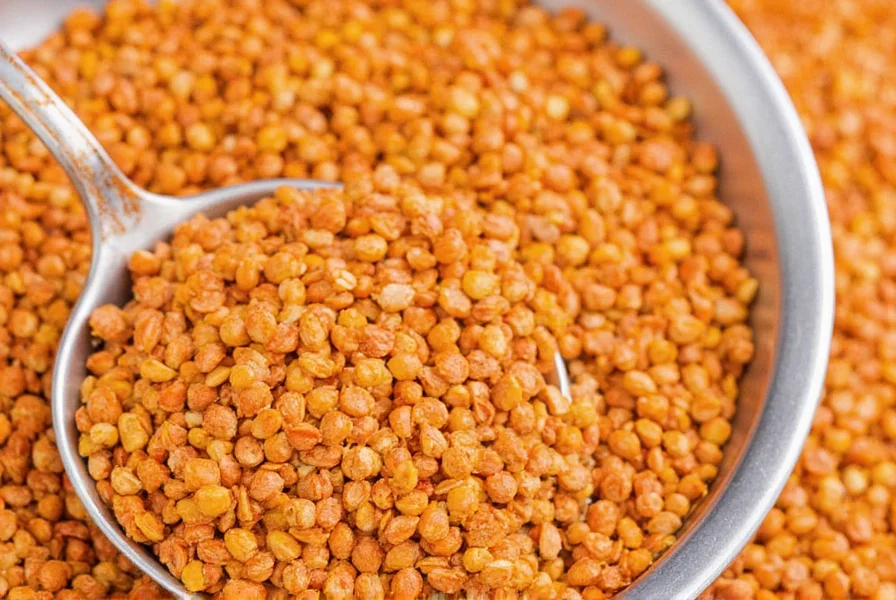
Who Should Buy It?
- Chefs and Home Cooks: Annatto adds authentic color to Latin American and Caribbean dishes while providing subtle flavor complexity.
- Dietary Enthusiasts: Those avoiding artificial dyes will appreciate annatto's natural coloring properties. It's commonly used in natural cheese production and organic foods.
- Crafters and DIYers: Annatto's natural dye properties make it useful for textile dyeing and soap making. Always use food-grade annatto for edible applications.
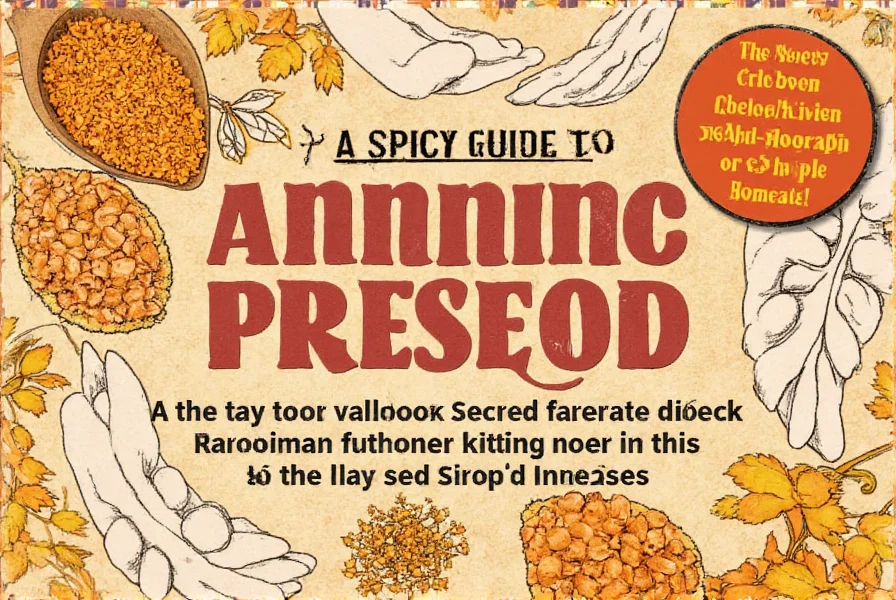
Best Occasions to Use It
- Mexican Cuisine: Essential for authentic mole sauces, enchilada fillings, and traditional rice dishes like arroz con pollo.
- Caribbean Dishes: Key ingredient in Jamaican jerk seasoning, rice and peas, and traditional stews.
- Special Occasions: Use in festive dishes like paella, holiday stews, or homemade cheese for visually stunning presentations.
Frequently Asked Questions About Annatto Seed
What is annatto seed used for?
Annatto seed is primarily used as a natural food coloring agent that provides vibrant red-orange hues without artificial additives. It's commonly used in Latin American and Caribbean cuisines for dishes like rice, stews, moles, and cheeses. According to the FDA, it's approved for use in foods up to 0.01% concentration. Additionally, annatto serves as a mild-flavored spice and has applications in natural dyeing for textiles and cosmetics. The USDA confirms its role in traditional food preparation across multiple cultures.
Is annatto seed safe to eat?
Yes, annatto seed is generally recognized as safe (GRAS) by the U.S. Food and Drug Administration (FDA) for culinary use. The National Institutes of Health (NIH) states that annatto is safe when consumed in normal food amounts. However, individuals with known allergies to plants in the Bixaceae family should avoid it. In rare cases, excessive consumption may cause digestive discomfort. Always consult a healthcare provider if you have specific health concerns.
How does annatto seed taste?
Annatto seed has a mild, slightly earthy flavor with subtle nutty and peppery notes. According to sensory analysis studies published in the Journal of Food Science, its flavor intensity is approximately 1/3 that of paprika. Some people detect hints of bitterness or sweetness depending on preparation method. Because of its delicate profile, annatto is often used more for color than strong flavor impact, making it ideal for dishes where you want visual appeal without overpowering other ingredients.
How do I store annatto seed?
Store whole annatto seeds in an airtight container in a cool, dark place away from direct sunlight. Properly stored, they maintain quality for 2-3 years. Ground annatto has a shorter shelf life (6-12 months) due to increased surface area exposure to air and light. Annatto oil should be refrigerated after opening and used within 1 year. For optimal freshness, purchase in small quantities and check for bright color—dull or discolored seeds indicate reduced potency.
Is annatto the same as saffron?
No, annatto and saffron are completely different. While both can color foods yellow-orange, saffron comes from crocus flower stigmas and has a distinct floral flavor and much higher price point (up to 100x more expensive than annatto). Annatto is derived from seeds of the achiote tree and has a mild, earthy taste. The USDA confirms they are not interchangeable in terms of flavor, though they can sometimes serve as color substitutes. For authentic Mexican or Caribbean dishes, annatto is the traditional choice.
Can I substitute annatto seed with something else?
For color: Paprika, turmeric, or saffron can provide similar color effects, though each brings different flavor profiles. Turmeric gives yellow color but has a strong earthy taste, while paprika adds red-orange but with smoky notes. For flavor: There isn't a perfect substitute as annatto has a unique mild taste. However, a combination of mild paprika (1 part) and nutmeg (1/4 part) can approximate its flavor profile in some recipes. For authentic Latin American dishes, annatto is irreplaceable.
Does annatto seed have any side effects?
For most people, annatto is safe when consumed in normal food amounts. The FDA has approved it for use in foods since 1964. However, rare allergic reactions have been reported, particularly in individuals with sensitivities to plant materials. In extremely rare cases, high doses might cause digestive upset or skin irritation. As with any food, consult with a healthcare provider if you have specific health concerns or are pregnant/nursing. The NIH states that annatto is generally well-tolerated at typical culinary concentrations.
Conclusion
Annatto seed is more than just a colorful addition to your kitchen—it's a scientifically-backed, natural ingredient with rich cultural heritage and versatile applications. According to the USDA and FDA, it's safe for culinary use and provides both visual appeal and potential health benefits through its carotenoid content.
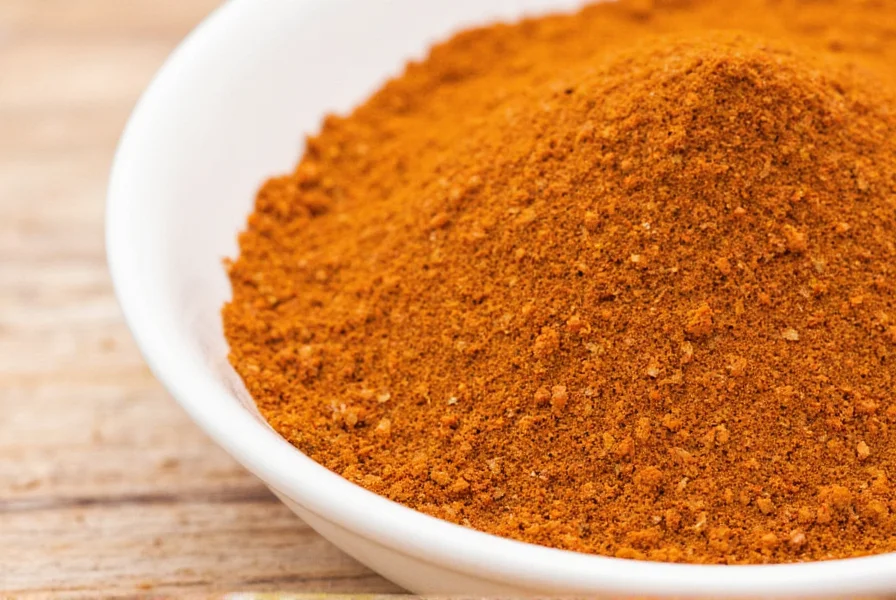
From traditional Latin American moles to modern natural food coloring applications, annatto offers unique value for health-conscious cooks and culinary professionals. When purchasing, prioritize quality sources and proper storage to maintain its vibrant color and flavor. Next time you're preparing Latin American or Caribbean dishes, consider adding authentic annatto seed to elevate both appearance and taste.











 浙公网安备
33010002000092号
浙公网安备
33010002000092号 浙B2-20120091-4
浙B2-20120091-4